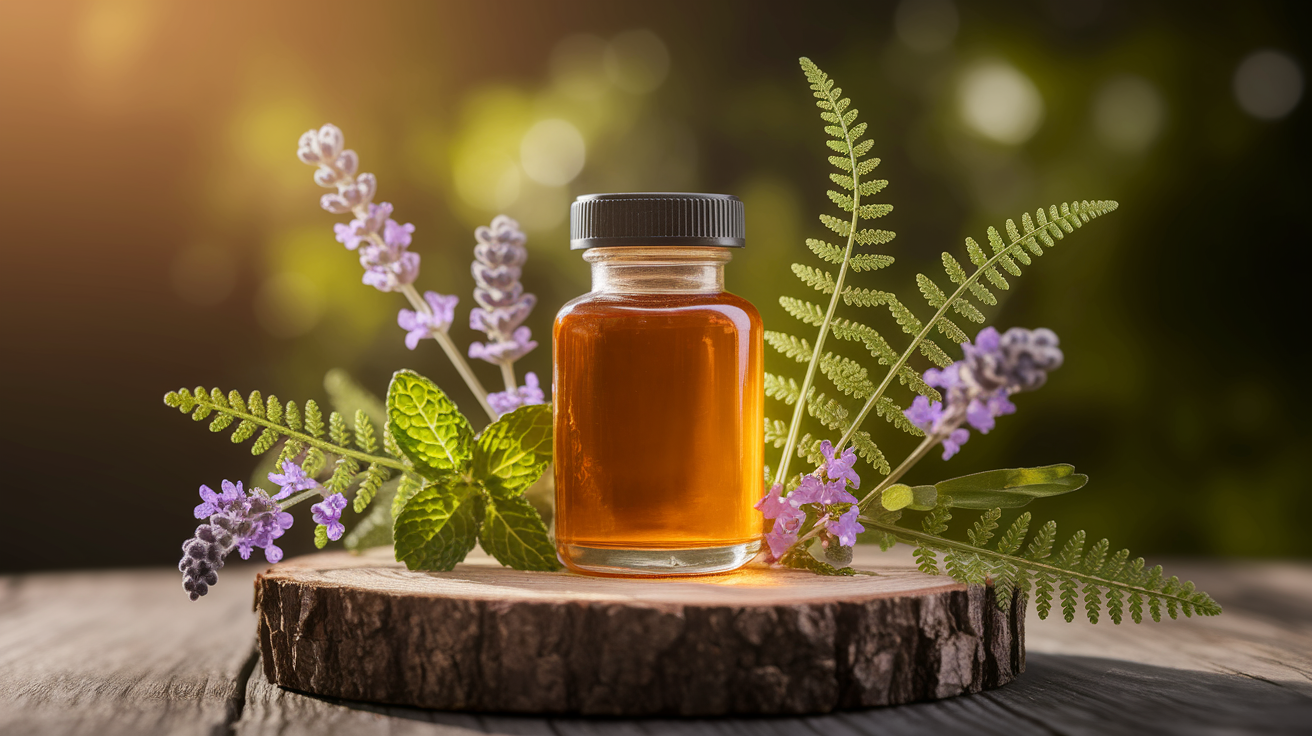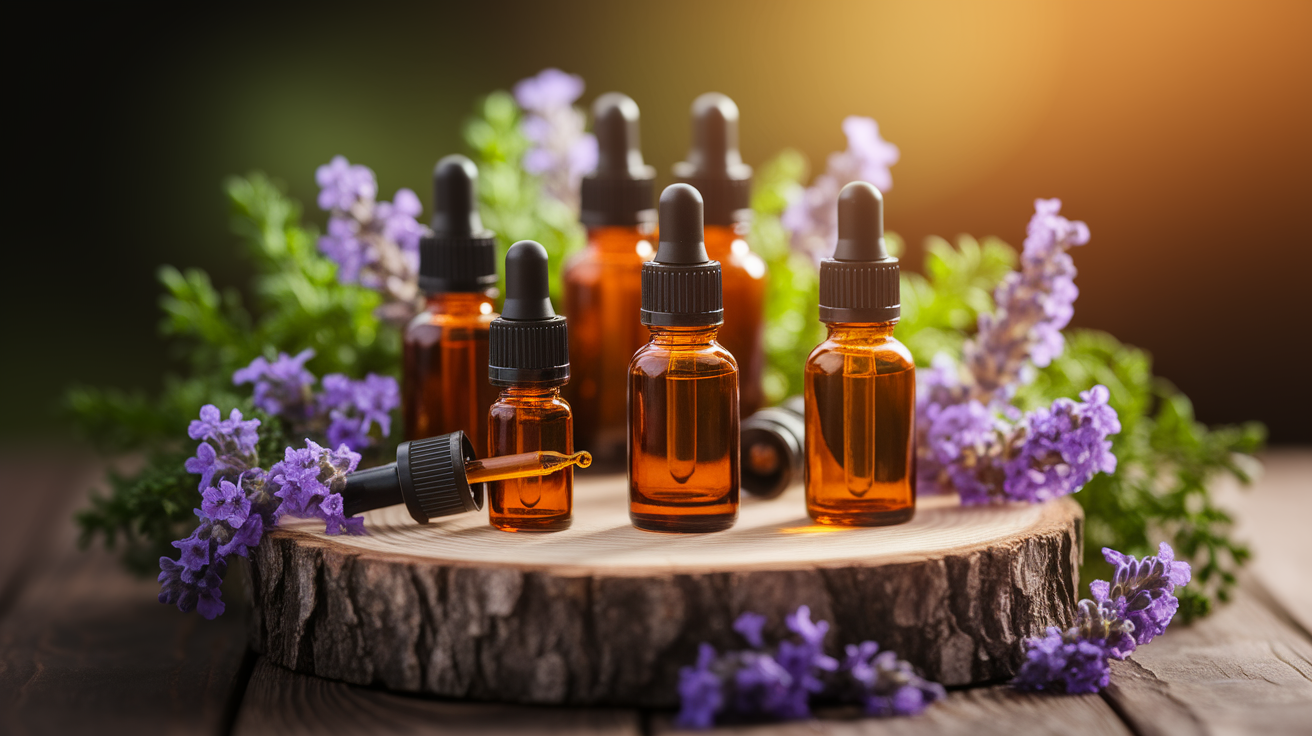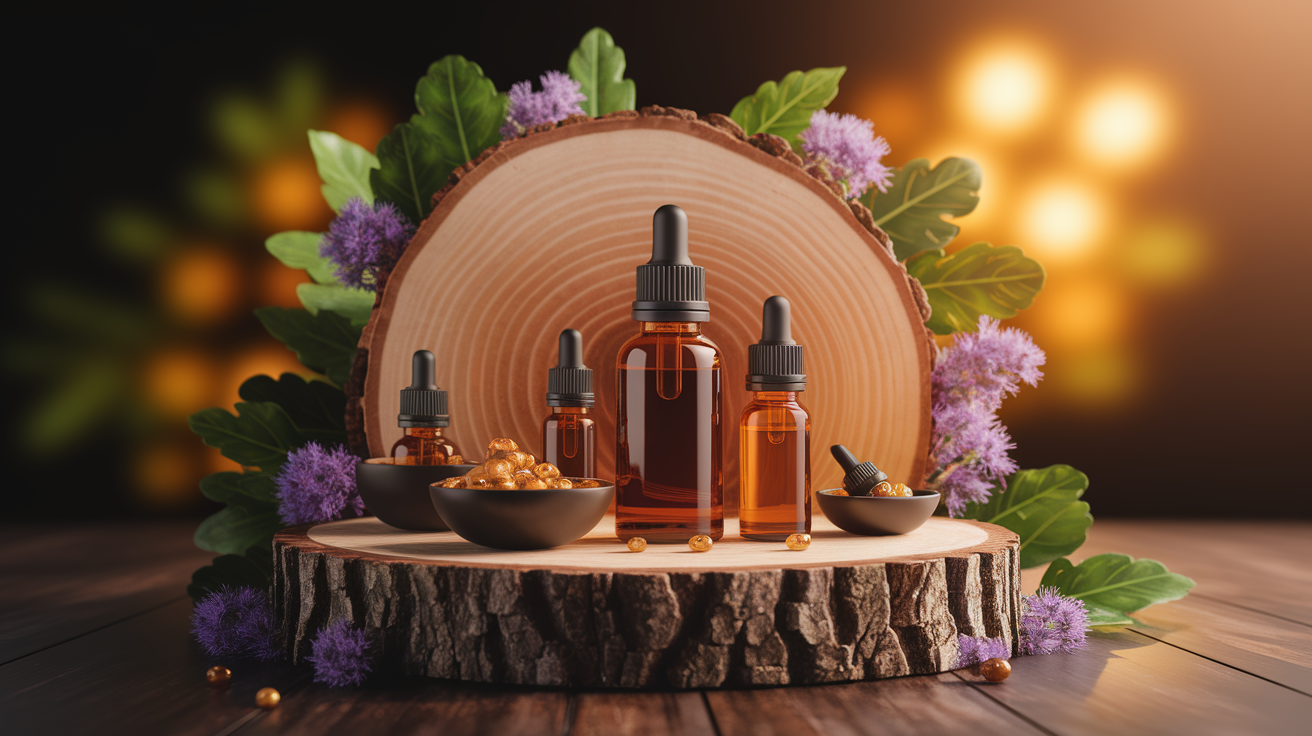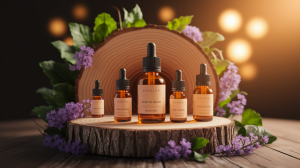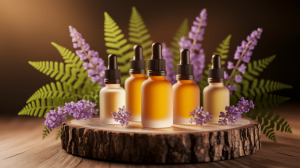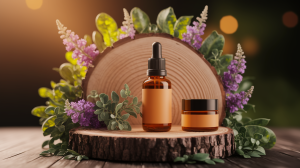Green Guardians: Kickstart Your Eco-Friendly Pest Control
There’s something wildly satisfying about strolling through a garden knowing every leaf and bud is safe without a hint of chemical residue. The trick? Essential oils—those potent botanical extracts that smell incredible and work like secret garden bodyguards. Forget the harsh sprays; this is green gardening at its finest, where pest control blends seamlessly with nature’s own rhythms. It’s as if the plants themselves whisper to the insects, “Not today,” and the intruders listen.

Why Essential Oils Work Against Garden Pests
Here’s where it gets fascinating—tiny drops of peppermint, rosemary, or lavender carry complex aromatic compounds that pests simply can’t handle. Think of it like throwing a scented smoke bomb into their world; it scrambles their sense of smell, especially those little scent receptors they depend on for finding your plants. Some oils have extra superpowers, like antifungal properties that guard against blights or mildew without knocking out beneficial insects. When pests can’t sniff out breakfast, they move on to easier pickings, leaving your garden in peace.

Top Essential Oils for Targeted Pest Repellency
- Peppermint Oil: Confuses ants, aphids, spiders, and mosquitoes—kind of like putting their GPS on shuffle. (More details here)
- Rosemary Oil: Keeps insects at bay while adding a savory aroma near your herbs.
- Lavender Oil: Repels mosquitoes and ticks and keeps the air in your garden delightfully calm.
- Clove Oil: Packs antifungal punch against diseases that could wipe out delicate plants.
- Lemongrass & Citronella Oils: Famous for frustrating flying pests that buzz around at dusk.
- Cedarwood Oil: A moth, flea, and tick repellent that holds its own in shaded corners.
- Orange Oil: Effective against ants and aphids while bringing a bright, citrus kick to the mix.
Application Methods: Sprays, Soil Soaks and Companion Planting
I like to think of essential oil applications as secret weapons deployed by stealth. For sprays, a simple mix—about 10 drops of your chosen oil per gallon of water—can be misted directly onto foliage or along plant stems. Soil soaks, where diluted oil mixes trickle down to the roots from a watering can, build protection from the ground up. In companion planting, aromatic herbs like thyme or basil stand guard, backed by the air-carried strength of essential oils, creating a living fortress against unwelcome guests. Consistency is key; reapply regularly because oils fade under sunlight and wash away with rain.

Eco Benefits and Garden Harmony
Using essential oils isn’t just about pest control; it’s about balancing the entire ecosystem. They’re biodegradable, pet-safe, and don’t mess with your soil health, unlike synthetic pesticides that can linger for years. Oils like lavender and rosemary keep pollinators happy, targeting only the troublemakers. By reducing chemical runoff, you’re protecting waterways and maintaining your garden’s biodiversity. Some, like clove or tea tree, even protect plants against fungal disease, lending a quiet helping hand to overall plant immunity.

Cautions and Best Practices
Even nature’s gifts need careful handling. Too much concentration, and essential oils can scorch delicate leaves or overwhelm sensitive species like fir, juniper, or maples. Always spot-test a diluted mix before going all in. And know that while they’re powerful, essential oils don’t convince every pest to leave, so pairing them with other integrated pest management strategies works best. Oils need frequent reapplication, and sourcing them responsibly matters—overharvesting plants for their oils can tip the balance in the wild. For more on safe use and plant compatibility, check this practical guide.
Breathe Easy, Grow Green: Your Natural Pest Control Wrap-Up
Keeping pests in check doesn’t have to be a battle waged with chemicals. With the right essential oils, your garden gets smart defense that smells wonderful and leaves no toxic trace. It’s about working with nature’s own chemistry—tiny drops of pure plant power that turn bugs away and let life thrive. When the garden hums in balance, and you spot blossoms standing unbothered among lush greenery, that’s when you know your green guardians are on duty.


